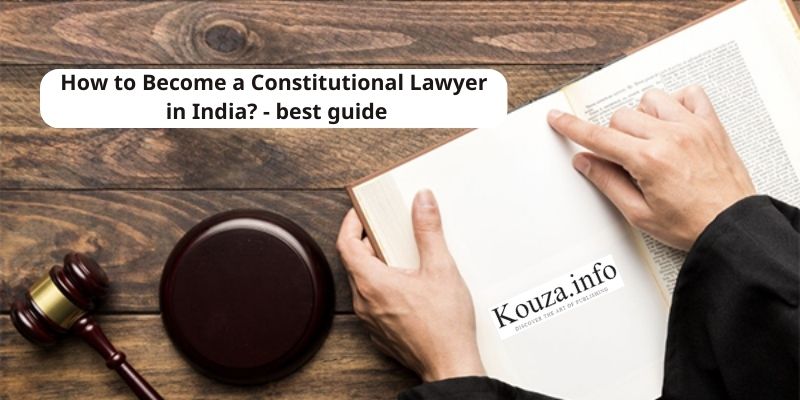-
Knowledge

Constitutional lawyer jobs – The best description
Constitutional lawyer jobs – The best description by kouza.info. By enrolling in optional courses in legal practice areas of interest,…
Read More » -
Knowledge

How to Become a Constitutional Lawyer in India? – best guide
In India, being a constitutional lawyer is a difficult yet fulfilling career path. The connection between the government and its…
Read More » -
Knowledge

Best obvious about constitutional lawyer salary
kouza.info cover the duties of a constitutional lawyer in this article: Best obvious about constitutional lawyer salary, as well as…
Read More » -
Knowledge

Best benefits of Business dissolution legal support
Daily business closures are common. A business may dissolve voluntarily occasionally or as a result of an antagonistic conflict other…
Read More » -
Business Law

Best aware of Non-disclosure agreements for businesses
When developing your ideas, take into account secrecy before contacting another organization or person.A non-disclosure agreement (NDA) is a contract…
Read More » -
Knowledge

All best about Legal guidance for franchise owners
Today, kouza.info recommends the article All best about Legal guidance for franchise owners for those who are interested in this…
Read More » -
Business Law

The highest benefits of partnership agreements for startups
Although forming strategic collaborations might help your firm develop, they can present a number of practical and legal difficulties. The…
Read More » -
Business Law

6 Facts : Commercial Lease Agreement Assistance
You require a solid understanding of commercial lease agreement assistance whether you are signing your first lease, getting ready to…
Read More » -
Business Law

Big Business Legal Expertise for Small Companies: Corporate Legal Services for Small Businesses
Small businesses frequently encounter a variety of difficulties that might make it tough for them to prosper in today’s cutthroat…
Read More » -
Business Law

Contract Law For Business Owners – Best 5 Strategies For Successful
Contracts are essential to company operations because they specify the obligations and rights of parties with regard to one another.…
Read More »